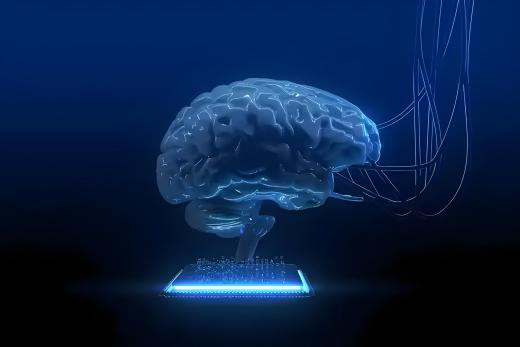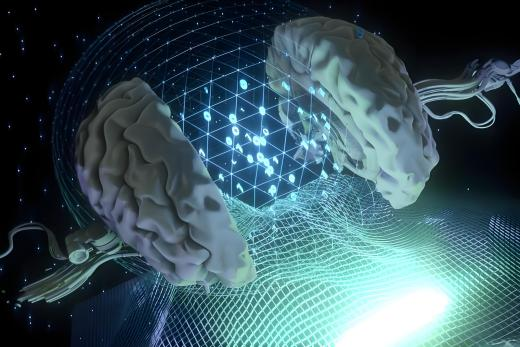2.4 The impact of autism on the spine and gastrointestinal tract
The impact of depression on the spine
(1) Chronic pain and muscle tension:
Muscle tension and spasms: Long term depression or anxiety can lead to sustained excitation of the sympathetic nervous system, causing chronic muscle tension throughout the body (especially in the neck, shoulders, and back), resulting in "pressure muscle pain".
• Increased pain sensitivity: Patients with depression have a lower pain threshold, which may be due to central sensitization that amplifies their perception of pain.
• Inflammatory response: pro-inflammatory cytokines associated with depression (such as IL-6、TNF-α) Elevated levels may exacerbate inflammatory pain in joints and muscles.
(2) Indirect damage to bone health:
Hormonal imbalance: Long term stress leads to an increase in cortisol (stress hormone) levels, inhibits osteoblast activity, increases the risk of osteoporosis, and indirectly affects spinal stability.
• Reduced activity: Patients with depression often reduce their exercise due to decreased energy and loss of interest, leading to muscle atrophy and weakened spinal support, further exacerbating lower back pain.
(3) Neuroplasticity changes:
Abnormal brain spinal cord signals: Decreased neurotransmitters related to depression, such as serotonin and norepinephrine, may affect the spinal cord's ability to regulate pain signals, forming a vicious cycle of "pain depression".
The impact of depression on the gastrointestinal tract
(1) Dysregulation of Gut Brain Axis:
• Abnormal vagus nerve function: The vagus nerve is the main channel for communication between the intestine and the brain, and depression may inhibit its function, leading to abnormal gastrointestinal motility (such as constipation or diarrhea).
Disruption of gut microbiota: Depressed patients often experience a decrease in gut microbiota diversity and an increase in harmful bacteria (such as an imbalance in the proportion of Bacteroidetes/Firmicutes), leading to intestinal inflammation and metabolic abnormalities (such as a decrease in short chain fatty acids).
Dual effects of serotonin (5-HT): The intestine is the site of 90% serotonin synthesis in the human body, and depression related serotonin system disorders may directly lead to intestinal motility abnormalities (such as irritable bowel syndrome, IBS)。
(2) Abnormal digestive function:
Dysregulation of gastric acid secretion: Anxiety and stress stimulate gastric acid secretion through the sympathetic nervous system, increasing the risk of gastritis and gastric ulcers.
• Functional gastrointestinal disease: the incidence rate of functional dyspepsia (FD) and IBS in depressed patients is significantly higher, which is manifested by abdominal pain, abdominal distention, and changes in bowel habits.
(3) Immune and inflammatory response:
• Damage to intestinal mucosal barrier: Chronic pressure leads to increased intestinal permeability ("intestinal leakage"), bacterial endotoxins (such as...) LPS) Entering the bloodstream, it triggers systemic low-grade inflammation, further exacerbating depressive symptoms.
• Immune cell activation: pro-inflammatory cytokines (such as IL-1β、IL-6) It is transmitted to the brain through the vagus nerve, exacerbating emotional disorders and gastrointestinal discomfort.





